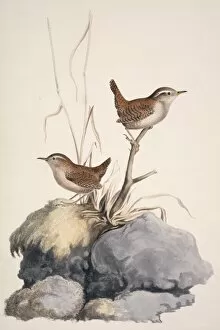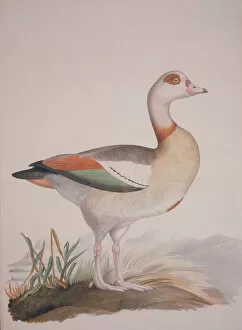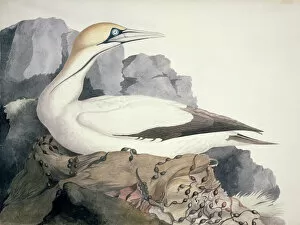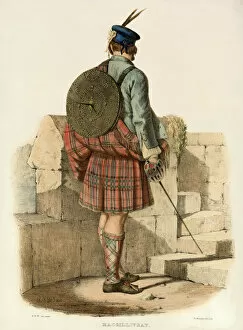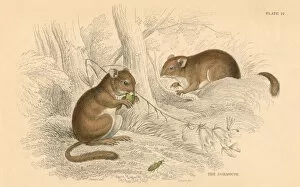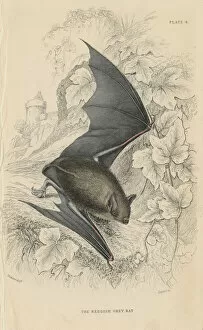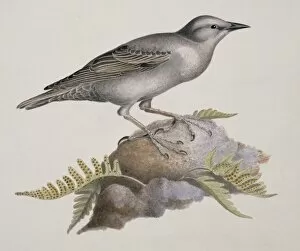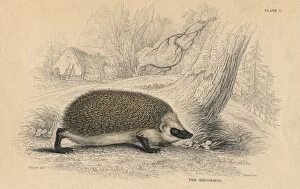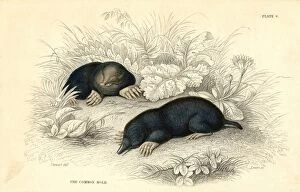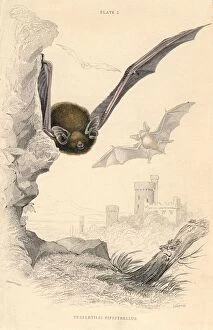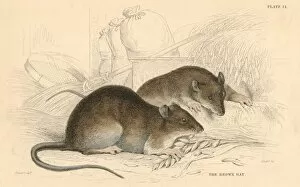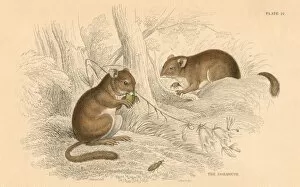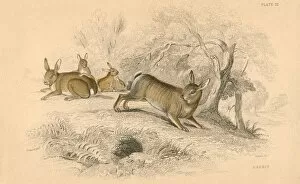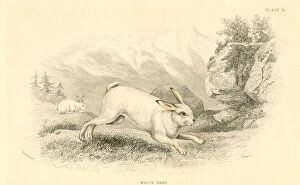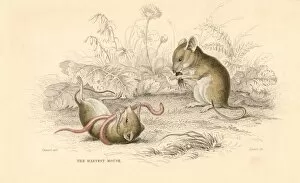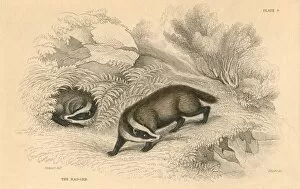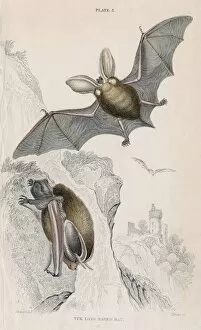Macgillivray Collection
"MacGillivray: A Tapestry of Nature's Wonders and Scottish Heritage" In the enchanting world of MacGillivray, where nature and tradition intertwine seamlessly
All Professionally Made to Order for Quick Shipping
"MacGillivray: A Tapestry of Nature's Wonders and Scottish Heritage" In the enchanting world of MacGillivray, where nature and tradition intertwine seamlessly, a captivating array of creatures awaits. From the graceful Alopochen aegyptiaca, also known as the Egyptian goose, to the vibrant Dendrocopos major, or great spotted woodpecker, this realm is brimming with avian marvels. Venturing further into MacGillivray's domain reveals the majestic Sula capensis - the Cape Gannet - soaring gracefully above azure waters. Amidst ancient forests stands Troglodytes troglodytes, the winter wren, serenading all who listen with its melodious song. And in every corner of this magical land resides Sturnus vulgaris - European starlings painting mesmerizing patterns across vast skies. But MacGillivray is not only a sanctuary for wildlife; it proudly embraces its Scottish heritage too. Here we find a member of the MacGillivray clan donning his tartan kilt and feathered bonnet amidst rolling hills adorned by vibrant hues of green and blue from their ancestral plaid. Delving deeper into history within these lands reveals fascinating tales from 1828 when Water voles (Arvicola terrestris) scurried along riverbanks while Brown rats (Rattus rattus) stealthily roamed nearby corners. The cunning Common or red fox (Vulpes vulpes) left footprints on untouched snow while Common dormice (Muscardinus arvellanarius), hibernating rodents nestled cozily in hidden nooks. High up in towering trees danced Red squirrels (Sciurus vulgaris), native to Europe and Asia. In this harmonious tapestry woven by time itself lies MacGillivray – an extraordinary blend of natural wonders and rich Scottish heritage.

